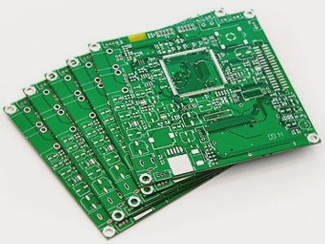PCBA Board Design Principles for Optimal Circuit Performance
- Designing a high-quality PCBA board is essential for efficient operations.
- Electrical principles and mechanical designs determine the size and shape of the PCBA.
- Initial steps involve creating an outline drawing with dimensions and component positions.
- Assembly method selection depends on component types, PCB size, and production capabilities.
- Balance performance, manufacturability, and cost when designing products.
- Key aspects of PCBA board design are “how to place” and “how to connect.
Key Design Strategies:
- Follow the “big and small first, difficult and easy first” layout principle.
- Arrange main components along the primary signal flow direction.
- Facilitate debugging and repair with component arrangement.
- Use symmetrical layout for structurally similar circuit parts.
- Orient plug-in components uniformly for production and inspection ease.
- Segregate signals based on voltage, current, and frequency for interference prevention.
Layout and Connection Tips:
- Start wiring from the most complex device area and route densely.
- Manual adjustments are often necessary for optimal wiring results.
- Quality PCBA design is crucial for interference resistance and optimal circuit performance.
For professional PCB design services and expert PCBA board solutions, contact us today!
Best Practices for PCB Layout Optimization
- Minimize Printed PCB Traces Length
- Maximize Length of Unified Component Address or Data Lines
- Use Rounded Corners for High-Frequency or Dense Wiring
- Employ Perpendicular Double-Sided Wiring to Prevent Parasitic Coupling
- Utilize 45° Fold Lines to Reduce Signal Coupling
- Avoid SMD Pads Through Holes to Prevent Solder Joint Paste Loss
- Position Common Ground Near PCB Edges for Shielding Effectiveness
- Form Common Ground Ring or Net for PCBs with Multiple ICs
- Align Ground and Power Lines Parallel to Data Flow to Suppress Noise
- Use Internal Layers as Shielding in Multi-Layer PCBA
When designing a PCB layout, it is crucial to follow these optimization practices to enhance circuit performance and reduce interference. By implementing these strategies, you can improve signal integrity, reduce noise tolerance, and optimize shielding effectiveness.
Remember to adjust wire width based on pad spacing, prioritize ground connections, and maintain consistent spacing between wiring and pads. These steps will help you create a reliable and efficient PCB design that meets industry standards.
Whether you are working on a single-layer or multi-layer PCB, incorporating these best practices will ensure that your circuit operates smoothly and reliably. By paying attention to details such as wire routing, grounding, and shielding, you can create a high-quality PCB layout that meets your project requirements.

